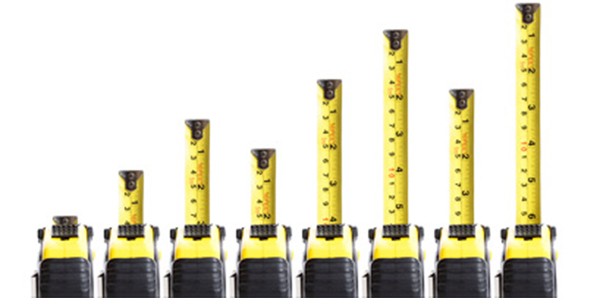You might have just read this headline and said to yourself, “I can tell this is going to be really boring stuff – I really don’t need to read or do this!” Well, if you’re thinking this, let me tell you a story.
I have had two situations in the last few months in which MGO’s have refused to do the kind of planning and prioritizing I am suggesting here, preferring instead to go with impulsive behavior to drive what they do with donors on their caseload on any given day. And it has been a disaster for both of them, forcing them into the current situation where they have not done a good job and run a very big risk of getting fired.
In one case, the MGO had originally carefully followed my advice here and had great success at cultivating two donors who each gave six figure gifts in a previous financial year. This year, however, he chose to just follow his impulses, and the numbers have been pretty bad. When I asked him what he thought the reason for the poor performance was, he said, “Well, I didn’t prioritize my caseload like I did last year.” I just shook my head.
The other MGO continues to take the position that all the donors on her caseload are the same. So she spends her time coming up with a communication plan for the caseload, NOT for each donor on the caseload. The numbers are sliding and things are getting urgent. In this case, no matter what I say, I cannot convince this person that she is headed down a disastrous path. I guess it will take a bad review or being put on probation to get her attention. It’s very sad and so unnecessary.
Why is it that something so logical and that actually works as relates to major gift planning is so difficult for some MGO’s to actually own and operationalize? I really don’t know. It is a mystery to me.
And yet we still hear this statement from many MGO’s: “I have 150 qualified donors and I just don’t know how to think about priorities and focus as relates to the caseload.” And I’m glad we’re hearing this, because there is a good and helpful way to respond. The chart below tells you what we think about this topic:

First, as we have mentioned many times in this blog, you have to tier your donors with the “A’s” being the highest value donors in terms of current giving and capacity, and going down from there. Do NOT put only high capacity donors in this category. If they are not giving substantially now AND have high capacity, they should not be rated as an “A” donor.
Jeff and I believe you should have no more than 10 “A” donors in your caseload of 150. There could be a couple more, but don’t load this category up. Here’s why: You are going to spend 50% of your time on just these ten donors! Yes, that’s right. Half of your time will be with these donors. Why? Because they have the highest potential. And your plans and moves with these donors will be very personal and strategic with a goal of retaining them, securing repeat gifts and securing large gifts.
From this point you move down into your “B” and “C” donors who progressively will require less time and whose strategy and messaging is more tactical and less personal.
In terms of outcomes and objectives for each donor group, notice that retention and repeat giving is a key outcome that you want for all the donors, while the only difference between the “B” and “C” donors is major upgrading for the “B” donors and smaller upgrading for the “C” donors.
The benefit of using this approach is the ability to stratify the caseload so you know where to spend your time.
I strongly urge you to spend the time looking at your caseload and making sure you have segmented it as suggested here. Once you have done this planning, it will tell you what you need to do and answer your question on how you should focus in your major gift work.
Don’t wait until you are in trouble to do this planning. Do it now!
Richard
Search Blog Posts







I have a question for you about how you place your donors into the A, B, C categories. I’m not the MGO in my organization, but am trying to learn more about it. We have several donors who, just on the basis of their giving – high value (giving whenever asked to multiple things), long time donors committed to the organization – would qualify as an “A” category donor. They are also involved in the organization in mutiple capacitites (board members, committee members, etc) so they get alot of attention and “touches” through their involvement. Would you put someone like that into your “A” category or reserve that place for someone who has also demonstrated high value giving over multiple years but maybe isn’t as committed and needs more hand-holding and personal cultivation?
Hi, Janet – thanks for writing. An “A” donor is one who is high capacity and high inclination (current giving) regardless of what position they have in the organization. If a donor has high capacity but is not “as committed” that puts them in a “B” or even “C” category. It doesn’t matter how much potential or capacity a donor has if the donor hasn’t really given to the organization OR is giving very little. Current giving is an indicator of interest and inclination. That is why we pay attention to that metric first.
Dear Richard,
Thanks for this reminder! It comes a really good time for me and helps me keep….focused.
Cheers, Yolanda
I really liked your caseload mix chart. Do you have a way (spreadsheet, etc.) that will help a MGO keep track of their work with the A, B and C caseload that you could share?
We do. It is very long and complicated. But we would be happy to share it. Please email me at rperry@veritusgroup.com so I have your email to send it to you.